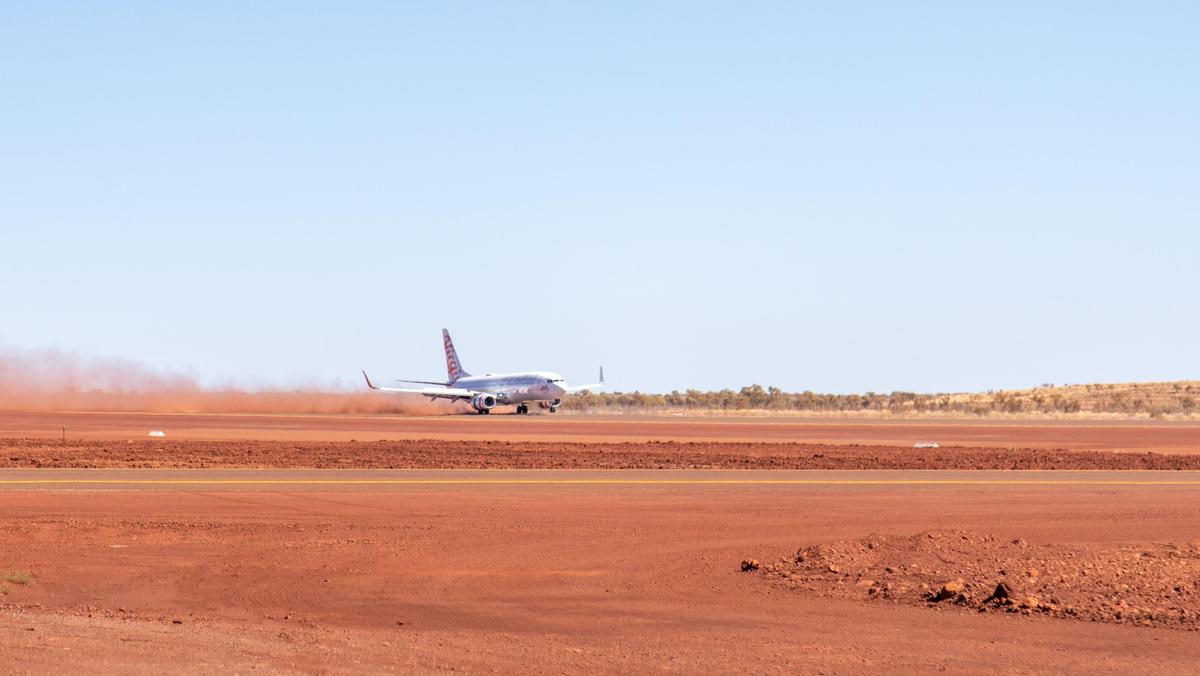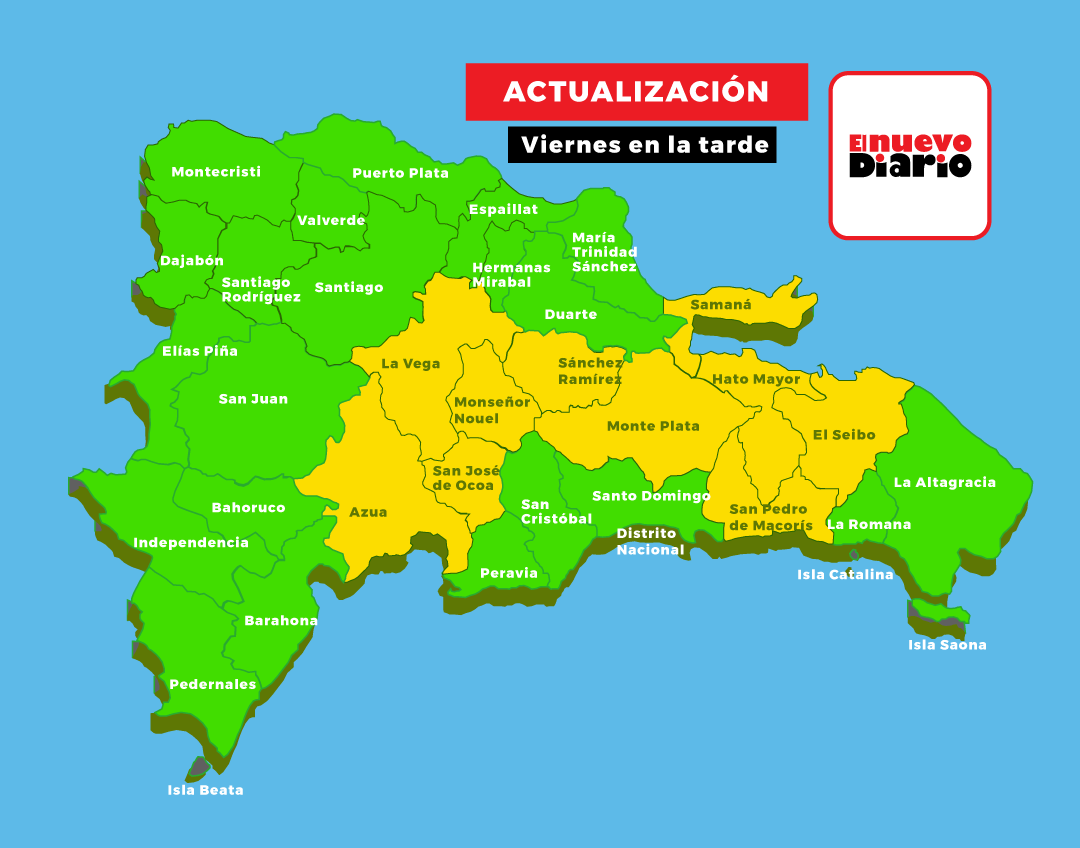Rio Tinto Defends Its Pilbara Operations Amidst Environmental Concerns

Table of Contents
Rio Tinto's Response to Environmental Criticisms
Rio Tinto has publicly acknowledged the environmental challenges associated with its Pilbara operations and has outlined various initiatives aimed at mitigating their impact. The company emphasizes its commitment to sustainable practices, presenting a narrative of continuous improvement and investment in environmentally responsible technologies.
- Specific initiatives: Rio Tinto highlights significant investments in water recycling and reuse programs, aiming to reduce reliance on freshwater sources. They also point to extensive land rehabilitation projects, aiming to restore mined areas to a state that supports native flora and fauna. Furthermore, the company has set ambitious greenhouse gas emission reduction targets, investing in renewable energy sources and more efficient mining processes.
- Technological advancements: The company has invested heavily in autonomous haulage systems, which reduce fuel consumption and emissions. They are also exploring innovative solutions for dust suppression and tailings management to minimize environmental risks.
- Independent verification: Rio Tinto regularly undergoes independent audits and publishes sustainability reports, aiming to demonstrate transparency and accountability regarding their environmental performance. These reports often cite certifications and awards recognizing their sustainability efforts.
The Environmental Concerns Surrounding Pilbara Mining
Despite Rio Tinto's efforts, significant environmental concerns persist regarding its Pilbara operations. Critics highlight the considerable impact of large-scale mining on the delicate Pilbara ecosystem.
- Biodiversity impact: The clearing of land for mining and infrastructure development inevitably leads to habitat loss, affecting numerous plant and animal species, some of which are endangered.
- Water consumption: The significant water requirements of the mining operations raise concerns about the strain on already limited water resources in the arid Pilbara region, potentially impacting local communities and ecosystems.
- Greenhouse gas emissions: The extraction, processing, and transportation of iron ore contribute significantly to greenhouse gas emissions, exacerbating climate change.
- Air quality: Dust pollution from mining activities poses a risk to air quality and human health in nearby communities.
- Waste management: The vast quantities of waste generated during mining operations present challenges in terms of safe disposal and the potential for soil and water contamination.
Balancing Economic Development with Environmental Protection in the Pilbara
Rio Tinto's Pilbara operations are crucial to the Australian economy, contributing billions of dollars annually and generating thousands of jobs directly and indirectly. This economic significance makes the challenge of balancing economic development with environmental protection particularly complex.
- Economic contribution: The mining industry's contribution to the regional economy is substantial, supporting infrastructure development, local businesses, and employment opportunities.
- Government regulations: Australian federal and state governments have implemented environmental regulations and policies aimed at minimizing the environmental impacts of mining in the Pilbara. These regulations cover aspects such as water usage, emissions, and rehabilitation.
- Sustainable development strategies: The region is exploring sustainable development strategies that aim to integrate economic development with environmental protection, promoting diversification of the economy and responsible resource management.
- Community engagement: Effective community engagement and stakeholder consultations are essential to address concerns and ensure that the benefits of mining are shared equitably while minimizing environmental harm.
Analyzing Rio Tinto's Sustainability Initiatives in the Pilbara
Evaluating the effectiveness of Rio Tinto's sustainability strategies requires a critical assessment of their progress against stated targets and an examination of independent evaluations.
- Emission reduction progress: While Rio Tinto has made commitments to reduce greenhouse gas emissions, the actual progress needs to be scrutinized against independently verified data.
- Rehabilitation success rates: The long-term success of rehabilitation projects needs to be evaluated, considering the challenges of restoring biodiversity in a harsh climate.
- Water management efficiency: The effectiveness of water recycling and reuse initiatives needs to be assessed based on actual water consumption figures and the impact on local water resources.
- Community perception: Understanding community perceptions of Rio Tinto's environmental efforts is crucial, considering the social license to operate is vital for the company's long-term success.
Conclusion
The debate surrounding Rio Tinto Pilbara operations highlights the inherent tension between economic development and environmental protection. While the mining activities contribute significantly to the Australian economy and provide employment, the environmental impacts remain a significant concern. Rio Tinto's defense rests on its commitment to sustainability initiatives and technological advancements, yet the effectiveness of these measures needs continuous evaluation and improvement. A balanced approach requires transparent communication, robust environmental regulations, and a commitment to sustainable development strategies that prioritize both economic prosperity and environmental stewardship. To learn more about the ongoing discussions and developments surrounding Rio Tinto Pilbara operations, engage with resources from independent environmental organizations and government agencies involved in regulating mining activities. Informed participation in this critical debate is crucial for shaping a sustainable future for the Pilbara region.

Featured Posts
-
 The Whos Roger Daltrey Battles Potential Deafness And Blindness
May 23, 2025
The Whos Roger Daltrey Battles Potential Deafness And Blindness
May 23, 2025 -
 The Karate Kid A Guide To The Films And Their Impact
May 23, 2025
The Karate Kid A Guide To The Films And Their Impact
May 23, 2025 -
 Big Rig Rock Report 3 12 Mastering Rock 101
May 23, 2025
Big Rig Rock Report 3 12 Mastering Rock 101
May 23, 2025 -
 Republica Dominicana Alerta Amarilla En 9 Provincias Verde En 5 Coe
May 23, 2025
Republica Dominicana Alerta Amarilla En 9 Provincias Verde En 5 Coe
May 23, 2025 -
 Investigating The Anonymity Of Guests At Trumps Memecoin Event
May 23, 2025
Investigating The Anonymity Of Guests At Trumps Memecoin Event
May 23, 2025
